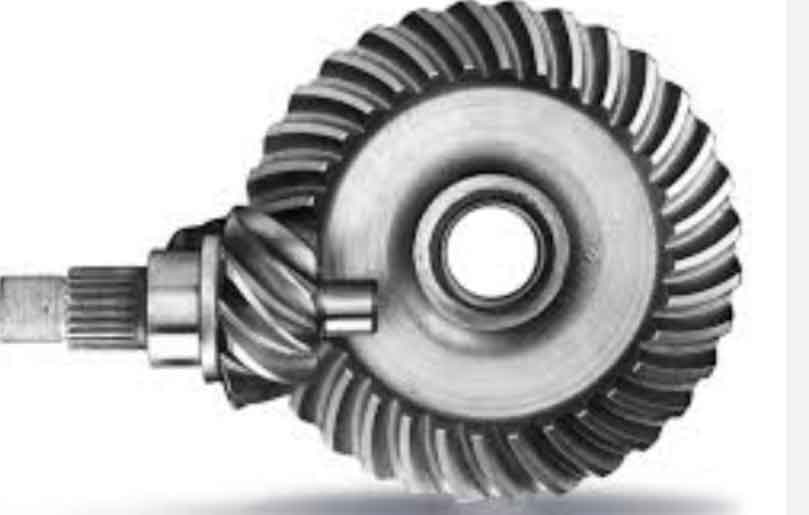
Optimizing gearboxes with hypoid gear configurations can result in significant improvements in performance, efficiency, and overall system design. By leveraging the unique features of hypoid gears, gearbox manufacturers and designers can achieve various benefits. Here are some ways in which hypoid gear configurations optimize gearboxes:
1. Compact Design:
- Hypoid gears’ offset configuration allows for a more compact gearbox design, particularly in applications where space is limited. This is especially valuable in automotive drivetrains and machinery with constrained installation areas.
2. Higher Torque Capacity:
- Hypoid gears offer higher torque capacity compared to other gear types, making them suitable for gearboxes that require handling substantial power and torque loads. This is advantageous in heavy machinery, industrial equipment, and high-performance automotive applications.
3. Efficiency Improvement:
- Hypoid gears’ helical and spiral bevel teeth mesh gradually, reducing friction and enhancing gear efficiency. This results in improved power transmission and reduced energy losses in the gearbox, leading to higher overall system efficiency.
4. Noise and Vibration Reduction:
- The gradual meshing of hypoid gears contributes to quieter gearbox operation compared to straight-cut bevel gears. Noise reduction is particularly desirable in applications that require low noise levels, such as automotive differentials and robotics.
5. Versatility in Gear Ratios:
- Hypoid gears can achieve various gear ratios, providing gearbox designers with greater flexibility in tailoring the transmission to specific application requirements. This adaptability is valuable in industries where different gear ratios are needed to optimize performance.
6. Smooth Operation:
- Hypoid gears’ helical and spiral tooth designs facilitate smooth gear engagement, resulting in reduced gear chatter and smoother operation of the gearbox. This is especially critical in applications requiring precise motion control and low vibration levels.
7. Load Distribution:
- The offset design of hypoid gears allows for better load distribution among gear teeth, reducing stress concentrations and enhancing the gearbox’s overall strength and durability.
8. Improved Lubrication:
- Hypoid gears can benefit from improved lubrication compared to other gear types, which can enhance the gearbox’s wear resistance and longevity. This is crucial in demanding applications where gearboxes operate under harsh conditions.
9. Adaptable Mounting Options:
- The offset nature of hypoid gears permits versatile mounting options for gearboxes, providing additional flexibility in gearbox installation and integration into various systems.
By optimizing gearboxes with hypoid gear configurations, engineers can design more efficient, reliable, and high-performing systems. Whether in automotive, industrial, or other applications, the advantages of hypoid gears contribute to the overall improvement of gearbox technology and power transmission solutions.
